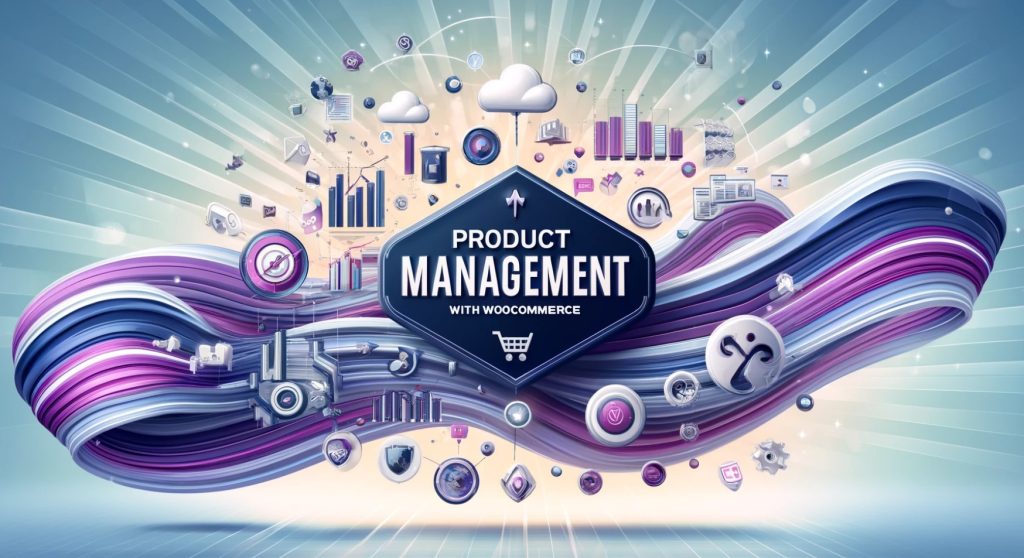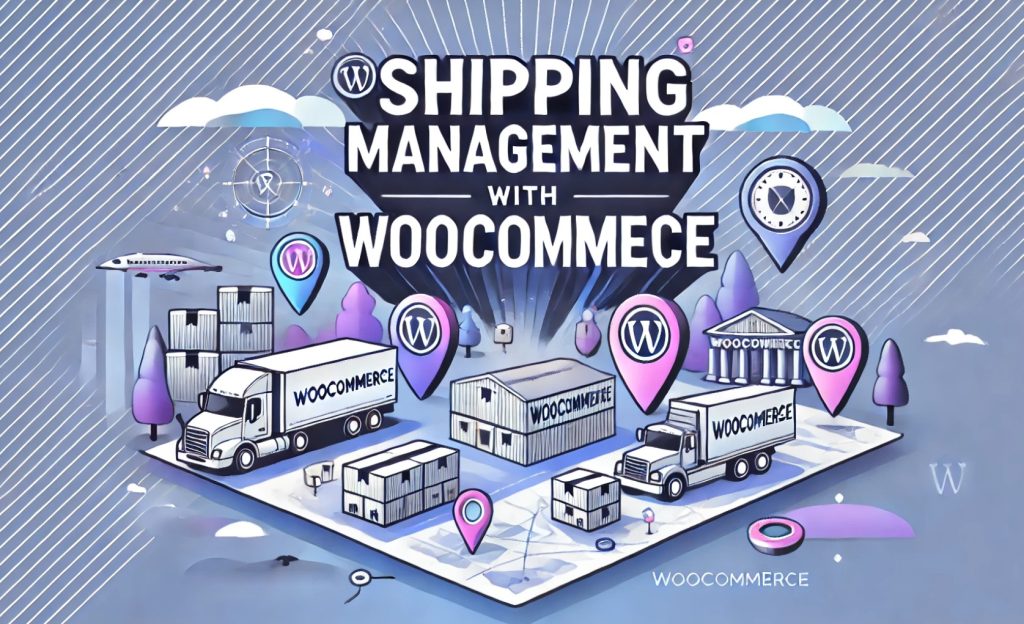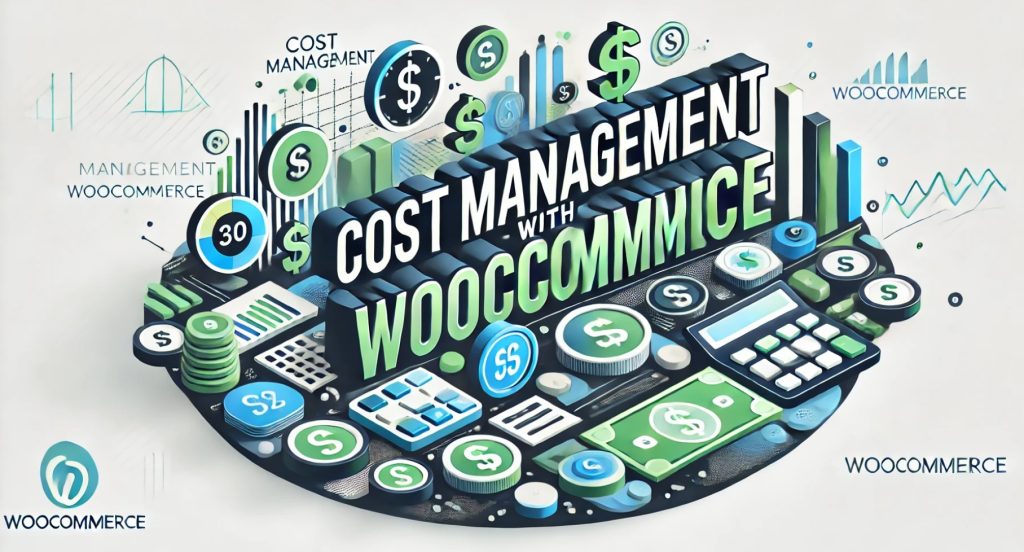WooCommerce is a powerful and flexible eCommerce plugin for WordPress that enables website owners to create and manage an online store with ease. Here is an overview of WooCommerce, its capabilities and features, and the benefits it provides for WordPress-based websites.
Table of Contents
Overview of WooCommerce
WooCommerce is an open-source eCommerce solution designed specifically for WordPress websites. It was launched in 2011 and has since become one of the most popular eCommerce platforms in the world. It is known for its extensive customization options, scalability, and the large community of developers and users that support it.
14 Benefits Of Using WooCommerce for Your Online Store
1- Product Management:
- Add, edit, and manage an unlimited number of products.
- Support for physical, digital, and downloadable products.
- Product variations (size, color, etc.) and custom attributes.
- Inventory management and stock levels.
- Product categories, tags, and attributes for better organization.

2- Payment Options:
- Built-in support for major payment gateways like PayPal, Stripe, Square, and more.
- Option to add additional payment methods through extensions.
- Support for offline payments (bank transfer, cash on delivery).
3- Shipping Options:
- Flexible shipping options including flat rate, free shipping, and local pickup.
- Integration with shipping carriers for real-time shipping rates.
- Shipping classes and zones for advanced shipping rules.

4- Order Management:
- Detailed order management system.
- Automated email notifications for customers and store owners.
- Order status management and tracking.
5- Marketing and SEO:
- Built-in SEO features.
- Support for discount codes and coupons.
- Integration with email marketing services.
- Product reviews and ratings.
- 10 Budget Friendly Marketing Ideas – Exceediance
6- Analytics and Reporting:
- Comprehensive store analytics and reporting.
- Sales, orders, and customer reports.
- Integration with Google Analytics.
- 15 Important FAQs about Business Analytics – Exceediance
7- Customization and Extensions:
- Wide range of themes specifically designed for WooCommerce.
- Extensive library of plugins and extensions for additional functionality.
- Developer-friendly with hooks, filters, and REST API for customization.
8- Security:
- Regular updates and security patches.
- Integration with WordPress security plugins.
- Support for SSL certificates to secure transactions.
9- Integration with WordPress:
- Seamless integration with WordPress, leveraging its CMS capabilities.
- Use of existing WordPress themes and plugins.
- Easy to manage content and products from a single platform.
10- Cost-Effective:
- Free to use with no licensing fees.
- Affordable extensions and plugins to add advanced features.
- Lower total cost of ownership compared to other eCommerce platforms.

11- Flexibility and Customization:
- Highly customizable to fit any business need.
- Extensive library of themes and plugins for tailored functionality.
- Ability to create unique and personalized shopping experiences.
12- Scalability:
- Suitable for small to large-scale businesses.
- Ability to handle large product catalogs and high traffic volumes.
- Scalable infrastructure to support business growth.
13- Community and Support:
- Large and active community of developers and users.
- Extensive documentation and tutorials.
- Access to professional support services if needed.
14- Ownership and Control:
- Complete control over the eCommerce website and data.
- No dependency on third-party platforms.
- Ability to customize and modify every aspect of the store.
A Quick Guide On Setting Up WordPress Website Using WooCommerce:
Here’s a quick guide on setting up a WooCommerce store on WordPress:
- Install WordPress: Start by installing WordPress on your hosting platform if you haven’t done so already.
- Install WooCommerce Plugin: From your WordPress dashboard, go to Plugins > Add New, search for “WooCommerce,” and click “Install Now.” Once installed, activate the plugin.
- Setup WooCommerce: After activation, you’ll be guided through the WooCommerce setup wizard. Here, you’ll configure essential settings like your store’s location, currency, product type, and shipping options.
- Choose a Theme: Select a WordPress theme that’s compatible with WooCommerce. Many themes are designed specifically for WooCommerce, such as Storefront or Astra.
- Add Products: Navigate to Products > Add New to start adding products to your store. You can add product titles, descriptions, images, prices, and more.
- Configure Payment Options: Go to WooCommerce > Settings > Payments to choose and set up your payment gateways (like PayPal, Stripe, or direct bank transfer).
- Set Up Shipping: Under WooCommerce > Settings > Shipping, configure your shipping zones, methods, and rates based on your target market.
- Install Essential Plugins: Consider adding plugins for SEO, security, and performance optimization. Plugins like Yoast SEO, Wordfence Security, and WP Super Cache are popular choices.
- Test Your Store: Before launching, test your checkout process, payment gateways, and other functionalities to ensure everything works smoothly.
- Launch Your Store: Once everything is set up and tested, promote your store through your website, social media, and other channels to start attracting customers.
- Monitor & Optimize: Regularly check your store’s performance, update plugins, and optimize your website for better user experience and SEO.
These steps should help you get your WooCommerce store up and running on WordPress efficiently
Further Reading
- 12 FAQs About Starting an Online Store: What You Need to Know to Avoid Failures – Exceediance
- 100 Points Super Checklist for Online Business – Exceediance
- 5 Practical Steps To Create a Store on WhatsApp Successfully – Exceediance
- How To Use WooCommerce | WordPress eCommerce Tutorial for Beginners (youtube.com)
Conclusion
WooCommerce is a robust eCommerce solution that offers extensive features and flexibility for WordPress-based websites. Its seamless integration with WordPress, cost-effectiveness, scalability, and customization options make it an ideal choice for businesses of all sizes looking to establish and grow their online presence.

2 comments
[…] Further Reading: 14 Benefits Of Using WooCommerce for Your Online Store – Exceediance […]
[…] you can reach a global audience and capitalize on growing e-commerce platforms like Shopify, WooCommerce and Amazon. With a strong social media presence, your brand can resonate with a wide audience, […]
Comments are closed.